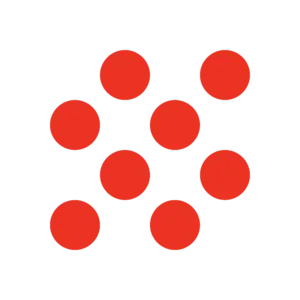Safety grading RED – UNSAFE
E142, known as Green S or Acid Green 50, is a synthetic triarylmethane dye historically used to color canned peas, sauces, and sweets. Although authorized for limited use in the European Union, it is banned in the United States, Canada, and Japan due to inadequate chronic-toxicity data and reports of hypersensitivity reactions. EFSA’s 2010 re-evaluation confirmed an ADI of 5 mg/kg bw/day but highlighted data gaps regarding long-term safety.
Green S belongs to the triarylmethane group, which can break down into aromatic amine metabolites, some with mutagenic potential. Human case reports include allergic responses such as urticaria and asthma exacerbation. Behavioural studies, including the Southampton Study (McCann et al., 2007), linked mixtures containing E142 to hyperactivity in children. On this evidence, E142 is graded RED – UNSAFE, reflecting both its regulatory bans and credible biological risk signals.
Should You Avoid E142?
Yes. Although legal in the EU, this additive has no nutritional value and potential to trigger allergic and behavioural effects. Avoid especially in children’s foods or if you have asthma, eczema, or sensitivities to artificial dyes. Natural green colorants like chlorophylls (E140) or spirulina extract provide safer alternatives.
Common Uses
- Canned vegetables (peas, beans) and sauces.
- Mint-flavored sweets and sugar confectionery.
- Dessert toppings, syrups, and powdered drinks.
- Pharmaceutical and cosmetic coatings (non-food uses).
Common names / Synonyms
- Green S
- Acid Green 50
- CI Food Green 4 (CI 44090)
- Sulfonated Triarylmethane Green S
- FD & C Green No. 4
What is it?
Green S (E142) is a synthetic water-soluble triarylmethane dye, manufactured by sulfonation of aromatic amine intermediates. It produces a bright green color with good light and heat stability, explaining its use in canned and processed foods. The dye can, however, degrade to aromatic amine compounds under certain conditions. These amines have raised toxicological concerns due to possible mutagenic and carcinogenic activity in experimental settings.
Animal studies suggest low bioavailability but accumulation in organs such as liver and kidney. Chronic exposure data are sparse. Given structural similarities to other triarylmethane dyes known to produce reactive metabolites, precautionary limitation is warranted.
Where it’s allowed (EU vs US)
European Union: Approved for specific uses under Regulation 1333/2008, including canned vegetables and confectionery, with a maximum permitted level of 100 mg/kg. ADI = 5 mg/kg bw/day (EFSA, 2010).
United States and Canada: Not approved for food use. Banned due to inadequate long-term safety data and allergenicity reports.
Further reading
- EFSA (2010) – Re-evaluation of Green S (E142) as a food colour
- McCann D. et al. (2007) – Food additives and hyperactive behaviour in children (The Lancet)
- FDA – Color Additive Status List (banned Green S in U.S.)
- JECFA – Green S (Toxicological summary and ADI data)
- Wikipedia – Green S overview
- PubMed search – “Green S food dye”
